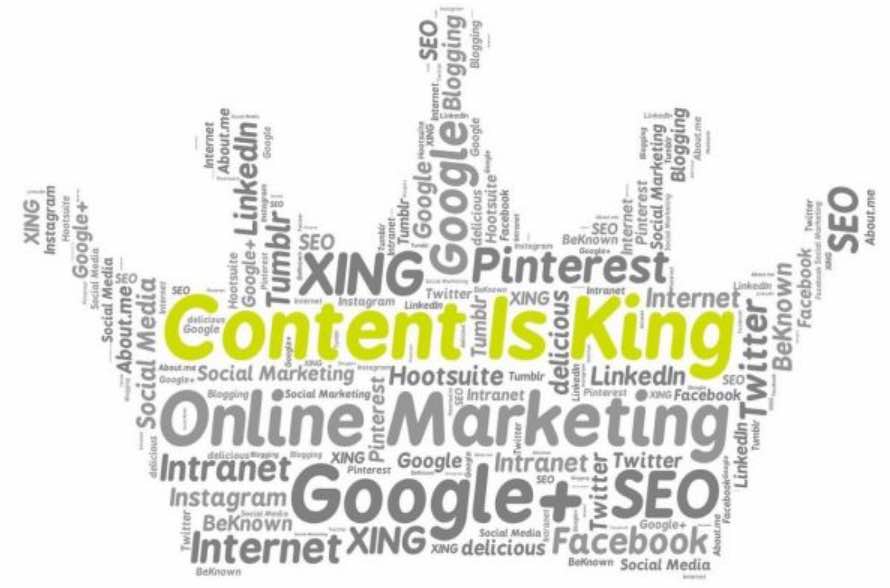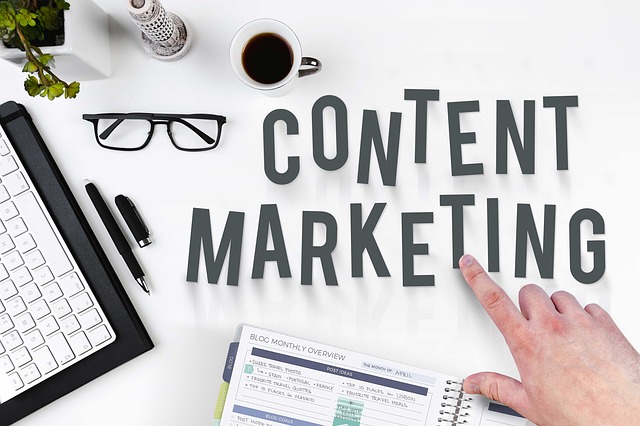
Social Listening Makes Your Digital Marketing Better *
Can Social Listening Improve Your Marketing?
It’s not easy to build an effective Digital Marketing Strategy. All the content bombarding your audience every day makes it difficult to garner the attention you need. The question is, what can you do to stand out?
It all begins with your research. To stand out, you have to know your audience, and who they follow. You have to understand what content they like and what they are saying and what is being said about them in online conversations.
Understand Your Audience
That’s what makes social listening so important. Social listening helps you better understand your audience and what your digital marketing needs to do. Social listening also works to improve your social selling, brand reputation monitoring and customer service.
In this post, I’m going to show you how you can use social listening to improve your marketing.
What is Social Listening?
Social listening is using both paid and free technology to monitor keywords across the web generally and social media in particular. Depending on the tool you’re using it helps you to gather relevant mentions and conversations from your audience.
This definition doesn’t fully explain the real value of social listening. While social listening is a terrific method for you to catch mentions of your brand so that you can respond accordingly, you can actually use social listening in many other ways.
Social Media Complex Searches
Professional level social media listening tools offer a lot more than a simple keyword search. In fact, you can create very complex searches with multiple keywords and use features like Boolean search to help you gather the relevant social intelligence that you need.
Before you can start leveraging social listening, you need a tool to help. Here is a look at a few great choices. Then, I’ll show you exactly how you can leverage these kinds of tools to help improve your marketing with better information about your audience and your competitors
Social Listening Can Improve Your Marketing
Monitor Your Brand Using Social Listening
One of the first things you need to do with social listening, monitor for any mentions of your brand name. That’s because social media tools usually only notify you about mentions where the user actually tagged you.
However, what happens when someone mentions you without tagging you? How do you find out about it so you can act? Quite simply, you need to set up a search for your brand name.
This will help you with customer service issues, and brand reputation management. It will also help you discover any social selling or engagement opportunities. Once you’ve created a search for your brand name, you can also set up alerts. Doing this every time you get new mentions of your brand, you’ll get alerted so that you can react accordingly.
Create Better Content Using Social Listening
According to a recent study by Ascend2, content marketing is the most effective tactic for 58% of marketing professionals. Brands need to use their generated content on their website/blog, social media, via email, and on all kinds of other channels and platforms.
Social Listening Helps You Compete
It’s a constant battle to get attention for your brand, because you also need to compete with countless other brands, bloggers, YouTubers, and all kinds of content creators for your audience’s attention. Because there is so much competition, you need to be able to create personalized content that is super relevant to your target audience. You also need to learn:
- What types of headlines work? What gets clicks? What gets shares on social media?
- What types of content formats does your audience prefer? For example, do they prefer short/long blog posts, how-to guides, listicles or videos?
- What topics interest your audience?
- What topics does your audience talk about the most? What are the most common keywords they use?
Social listening is the perfect tool for identifying these kinds of trends and information about your audience. By using social listening and experimenting with different topics, headlines, and content formats, you can ensure that you’re creating content specifically for your target audience. Set up searches for relevant industry topics and track the most shared content to uncover trends and patterns.
Use Social Listening for Social Selling.
Another way to use social listening to your advantage is to discover social selling opportunities, including
- People searching for products/services like yours or recommendations
- People talking about your competitors, such as disgruntled customers, people searching for alternatives, or those inquiring about features
- People who have an issue that your product or service can solve.
Some tools can do this for you automatically – like Awario Leads, but with most you need to search for them yourself.
Look up relevant keywords from your niche. What keywords would people use to search for products or services like yours? Use a keyword research tool like Ubersuggest or Moz Keyword Explorer to see what keywords/phrases they’re most likely to use.
Monitor Your Competitor’s
Monitor your competitors’ brand names. Monitoring your competitors not only helps you understand what works and doesn’t work for them but allows you to discover opportunities for lead generation. Such as people discussing your competitors’ products/services and asking about their pros and cons. Or others looking for similar product recommendations, complaining about the competitors’ products, etc.
Monitor your brand name. I’ve discussed the importance of monitoring your brand name online. However, another advantage is that you might connect with some potential customers. Possibly people who are looking at your products or services as an alternative and talking about it online. Jump into these conversations to help convert these users into customers.
Be Proactive About Lead Generation
If you want to be more proactive about your lead generation, make sure to set up social listening searches. Set relevant alerts so you can jump in and engage at the right moment, and generate more leads.
Learn From Your Competitors
By monitoring your competitors’ online activity, you can learn a lot about their marketing strategy. Where exactly are they active? What platforms do they use? And most of all, where are they most successful.
What is their content strategy like? What types of content do they create and how frequently? What are their most popular pieces of content? What is their audience engagement like? Does their audience engage with them?
What campaigns did they run? Which ones were most successful/least successful and why? What can you learn from their wins/losses? What are people saying about your competitors? What are your competitors’ weaknesses?
This information can help you improve your own marketing strategies, as you learn more about your own industry and target audience.
Identify Brand Ambassadors and Social Influencers
Who truly influences your audience? Who in your industry gets the most shares and the most engagement overall? By definition, social listening helps you uncover trends, so it makes perfect sense that it would also help you discover the top influencers that your audience follows.
Most social listening tools have built-in influencer marketing tools and tell you exactly who the top sharers are for the keywords you’re monitoring. For example, Brandwatch lets you search for relevant users and gives them an influencer score.
In addition, Awario lists all the top influencers for your topic/campaign. In other words, these tools usually do the work for you once you’ve set up your search.
Learn About Your Audience Using Social Listening
If you want successful marketing campaigns, you need to know who you’re targeting. Without that knowledge, how will you know where to reach them? Or the type of content they would be interested in? Social listening can help you learn a lot about your audience.
Where do they spend their time online and which platforms do they use? In order to reach more people and deliver a better user experience, you need to have a presence wherever your audience is active.
What do they talk about online? Which topics interest them? What are they reading and sharing? Follow their conversations to learn more about their interests and needs.
How do they feel about certain topics? Social listening tools tell you what their overall sentiment is.
Social Listening Can Teach You a Lot
Social listening can teach us a lot, and that knowledge, when applied to your marketing strategies will improve them. Learn more about your audience to know who you’re targeting.
Monitor your competitors to understand their strategy. Monitor your brand nameto ensure you never miss online mentions.
Discover Hidden Opportunities
Use social listening to discover hidden opportunities and improve your lead generation. Learn what content works so you can improve your own content marketing strategy.
Discover the top social influencers your audience follows and engages with. Learn from these interactions and apply what you’ve learned. Can you think of other ways for you for you to leverage social listening?








